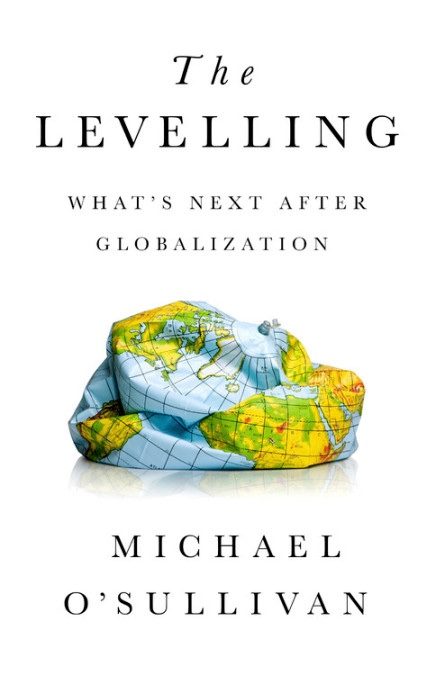
The elevation of Jane Fraser as CEO of Citi bank is a welcome sign for women in finance, especially with the UN General Assembly discussing the status of women next week. She joins a growing roster of prominent women in finance – the head of the IMF, head economists at the OECD and World Bank, President of the ECB, former Chair of the Fed and amongst others, the very effective Governor of the Russian Central Bank.
In general, the rise of women to the top of large institutions is a marker of social development, openness and the transition to the new economy – a debate that notably is also led by a number of female economists (the World Economic Forum Futures Council for the New Economy is my reference point). However, the top of the pyramid can often be misleading. For instance, there are numerous accounts by female economists of how they have been denigrated in the academic job markets or through their careers (have a read of some of the recent interventions by Claudia Sahm).
Back to Citi. Jane Fraser faces a considerable challenge running a legacy bank. Running an enormous bank in the context of low interest rates, potentially peaking markets, complex regulation and the legacy of past balance sheet accidents and IT projects (more of a problem for European than American banks) is a difficult ask and likely to test her patience.
However, at a time when the scope for transformative mergers in banking is very small (cost cutting seems to be the only rationale for consolidation), having a woman run a bank may itself be transformative.
Let me explain myself. Many years ago I was engaged in some work on behavioural finance, specifically so in terms of how people view risk, how much risk they take as investors and how they manage it. One research finding of note is that in finance, and other walks of life, women take less risk than men.
In fact, much of this phenomenon is due to a small group within the sample of males, who take very high levels of risk. The comparison of risk taking between men and women got a lot of interest and I ended up presenting it to groups of women as far away as Sydney and Singapore. In time, and with the benefit of feedback, this risk story became one about what ‘a bank for women’ might look like.
Here, there is a risk that some people consider a bank for women is one staffed entirely by women (Ellevest is an example). I am not so sure. The idea of a bank for women comes about largely because many women are more open about what they don’t like and understand about banking than men are.
To that end, a bank for women is one where there is clarity about the function of the services a bank offers, an absence of condescension and obfuscation, transparency over costs and transactions, encouragement of financial education and a general lack of jargon around products, and a bank where customers are not encouraged to buy products that are too costly or too risky. This somewhat idealized concept of a bank should also be one that men like.
At a time when the valuation of European banks has hit its lowest level since 1992, and where large US banks still trade close to the levels of this March, ‘a bank for women’ along the lines described above may be an interesting and viable alternative. To my knowledge, there have been a few attempts (at a ‘bank for women’) but none has yet been a great success (the Women’s World Bank and several microfinance initiatives stand out). However, fintech may help.
One attraction is that the algorithms that greet customers of digital banks can be set up to treat men and women the same way (some weeks ago I wrote about Joy Buolamwini’s Algorithmic Justice League). Another innovation is that the standard building blocks in portfolios (e.g. global equity portfolio) are now much cheaper and accessible because of the growth and competition in the ETF (exchange traded funds industry). Another trend to watch, which is more prevalent in China than say Europe is that the wealth of data on our consumption habits, should in principle make credit scoring more accurate.
If these trends continue, a ‘bank for women’ type approach might revitalize a tired sector.
Have a great week ahead,
Mike
